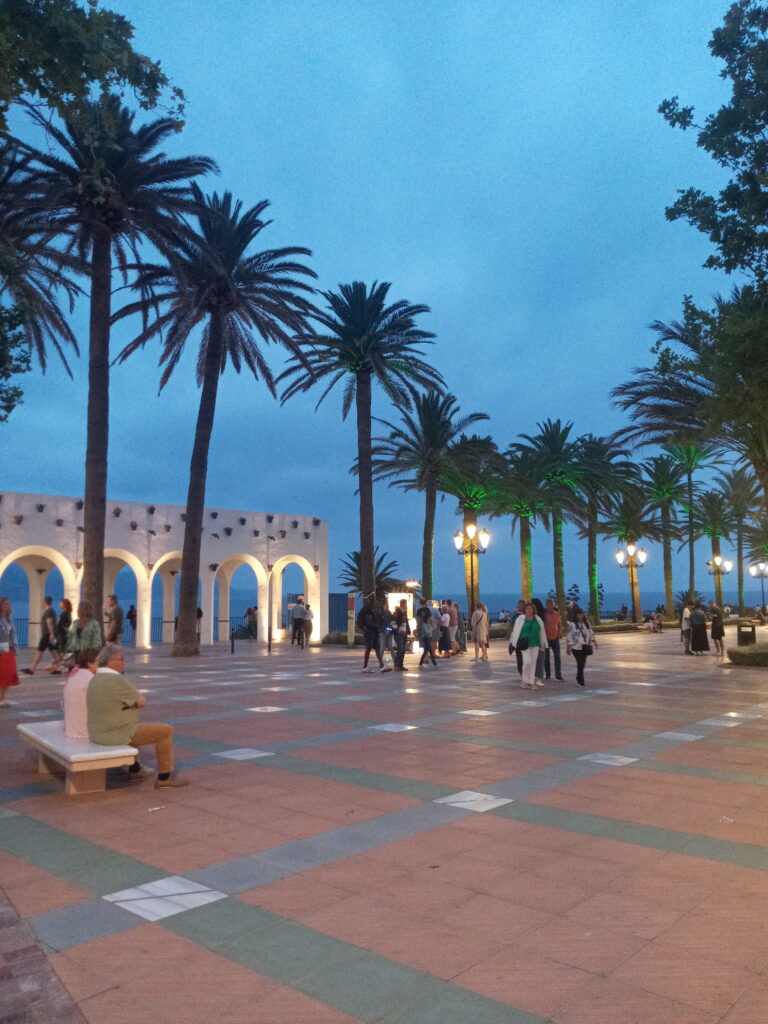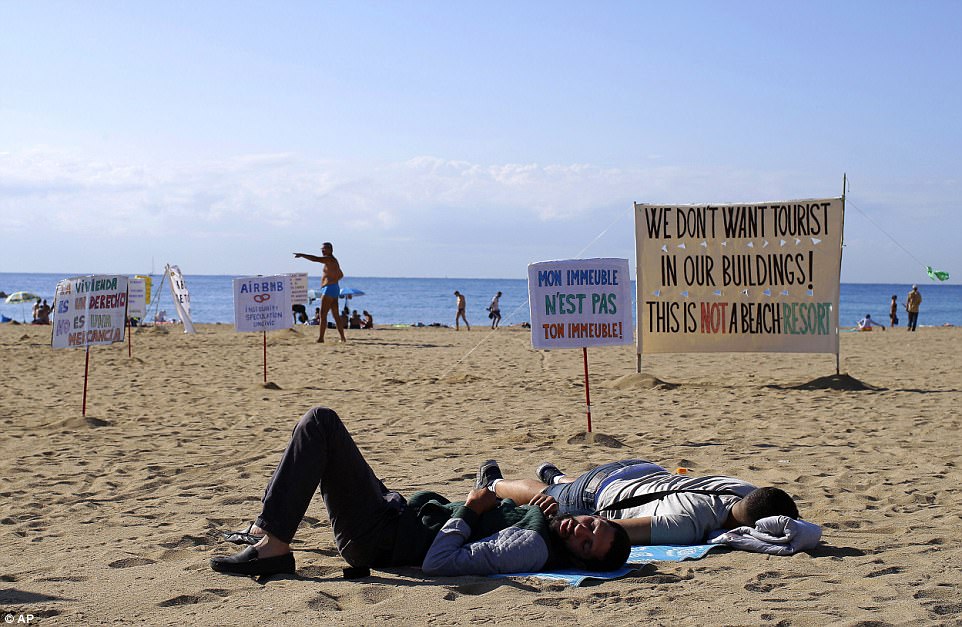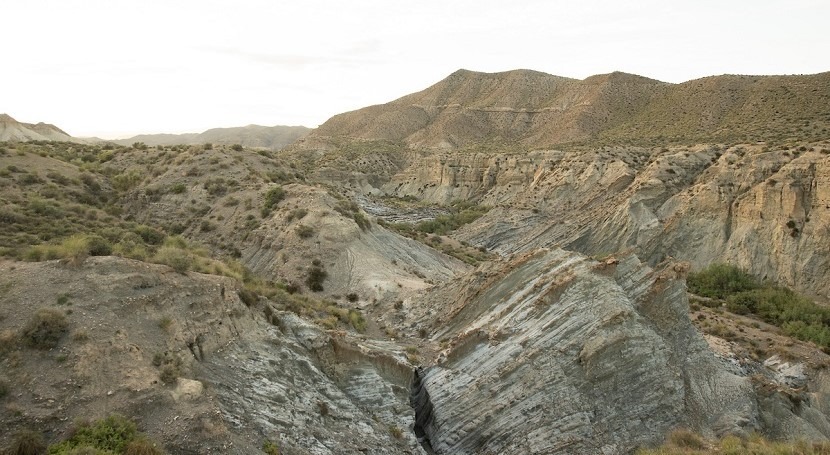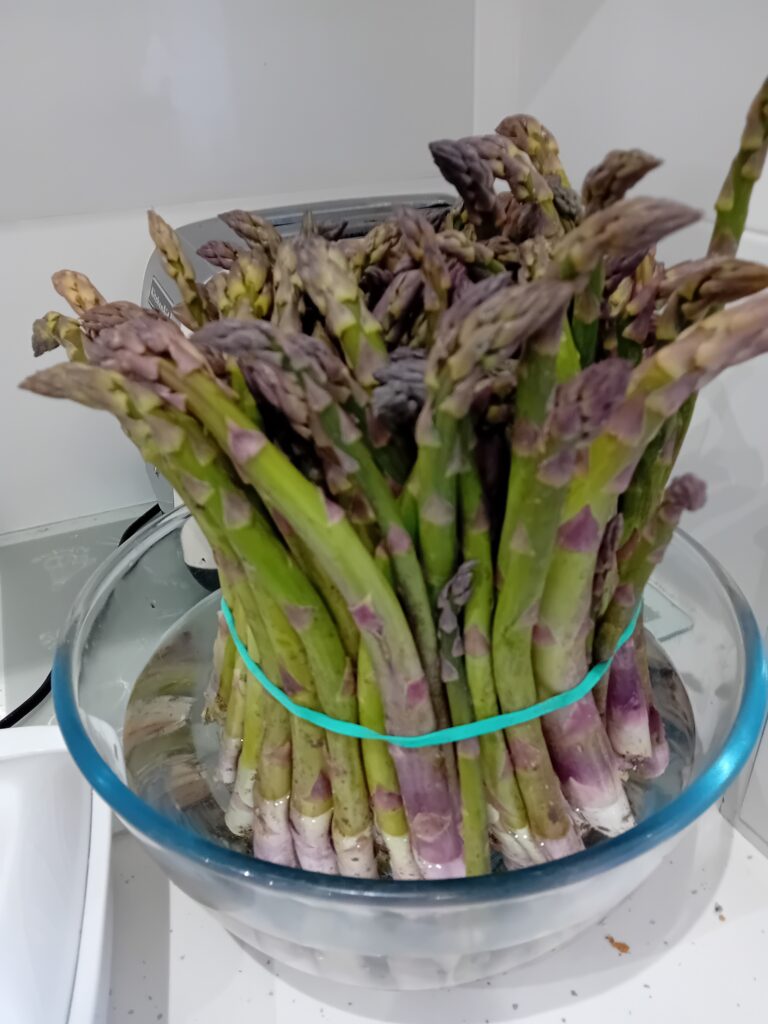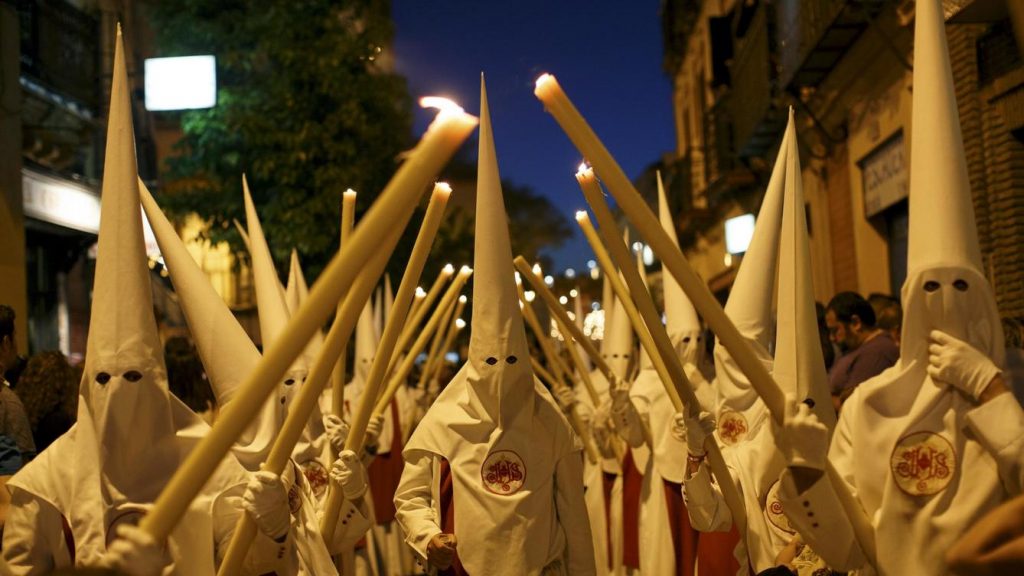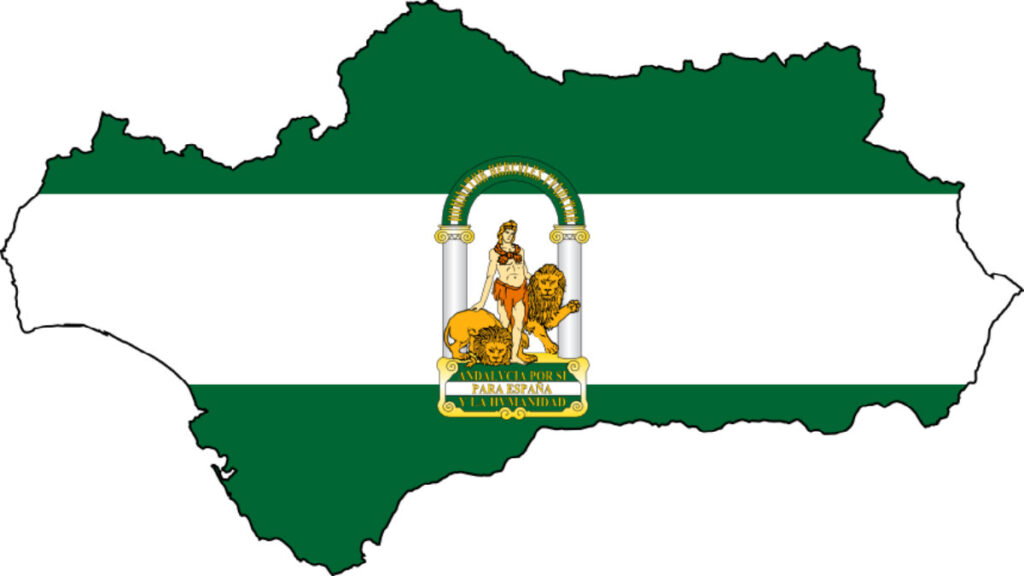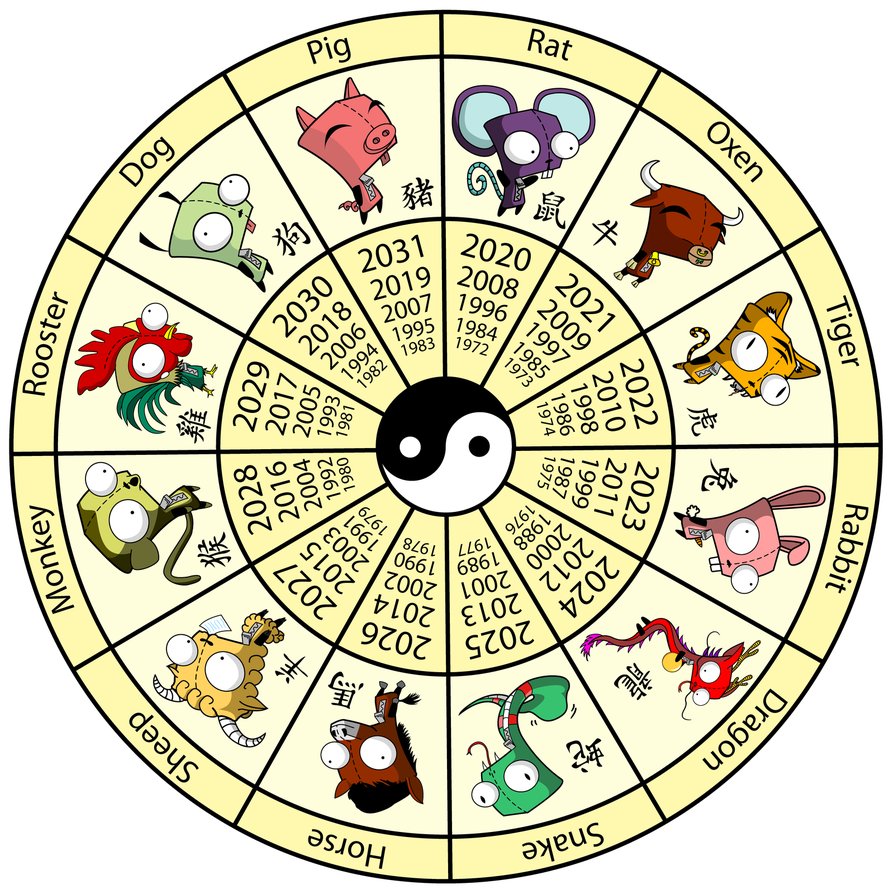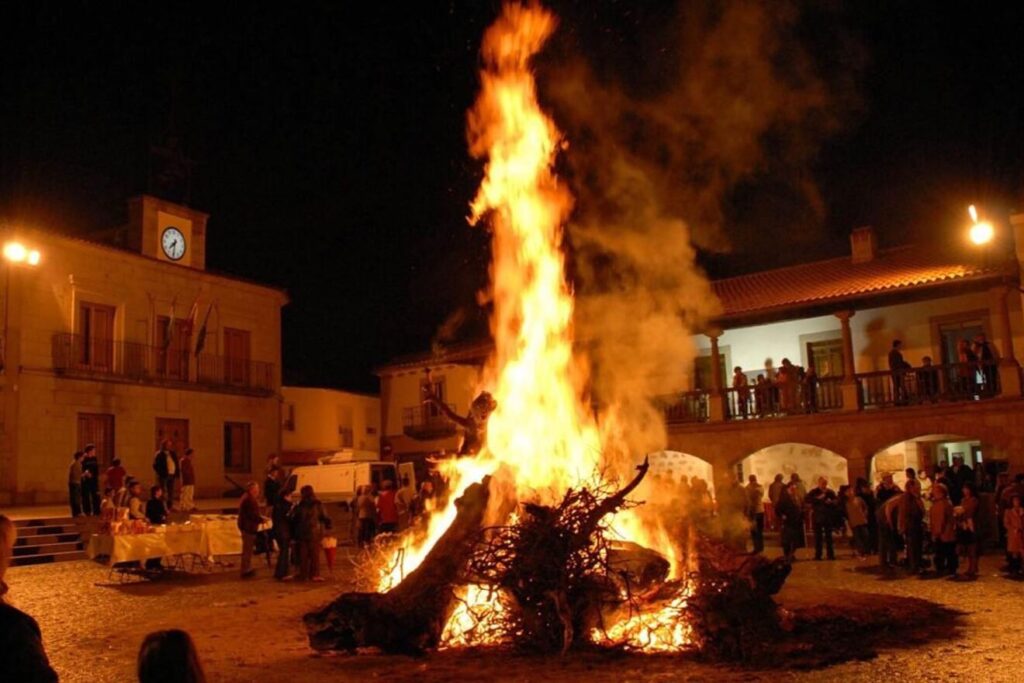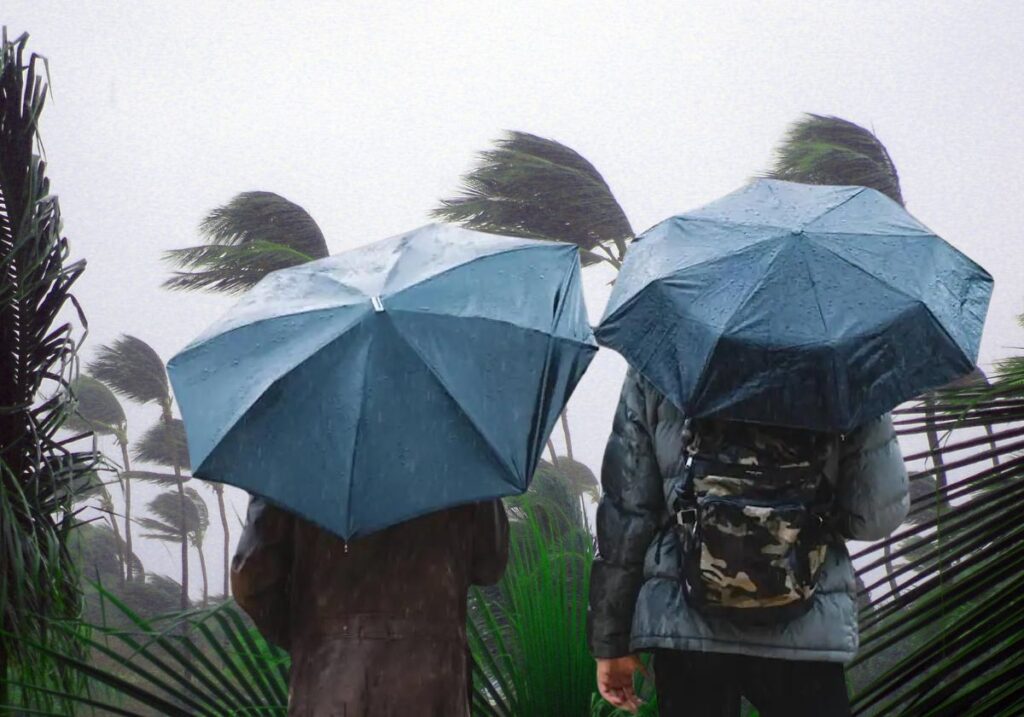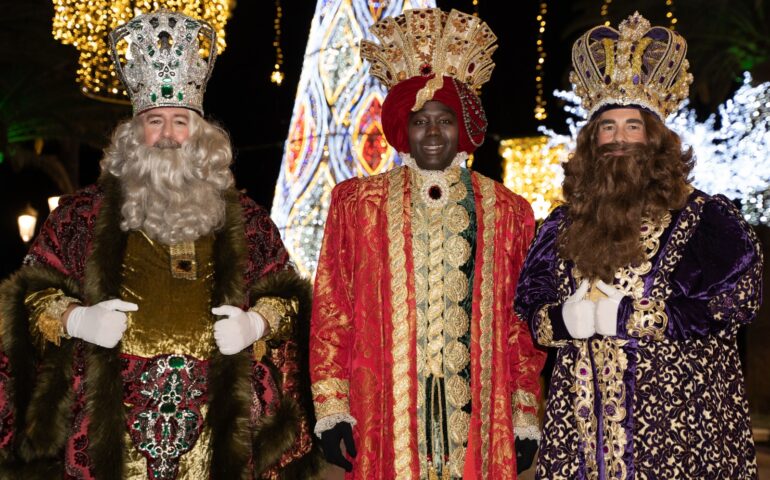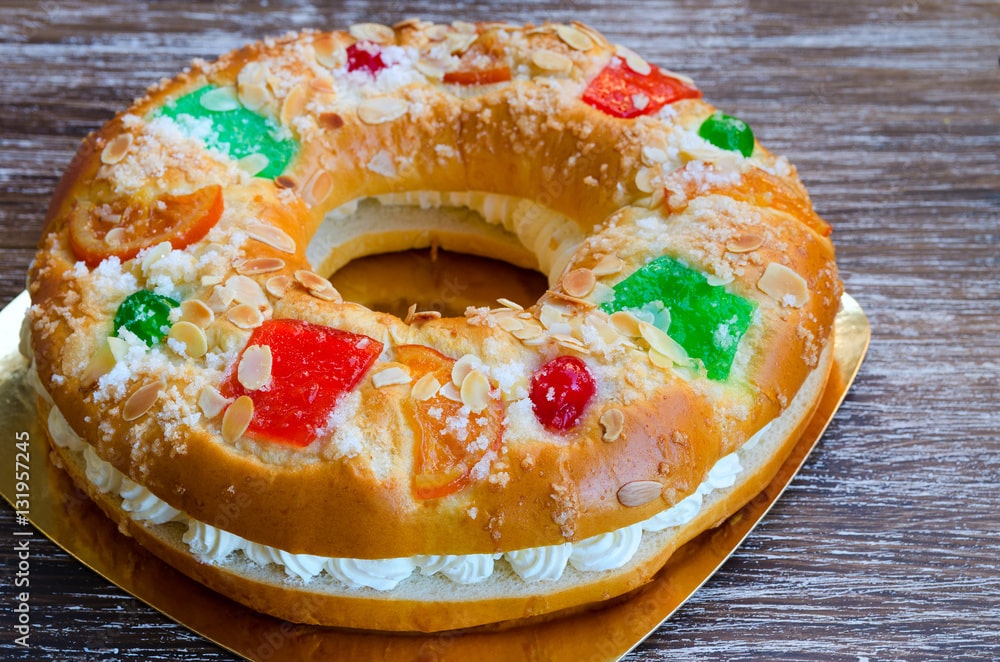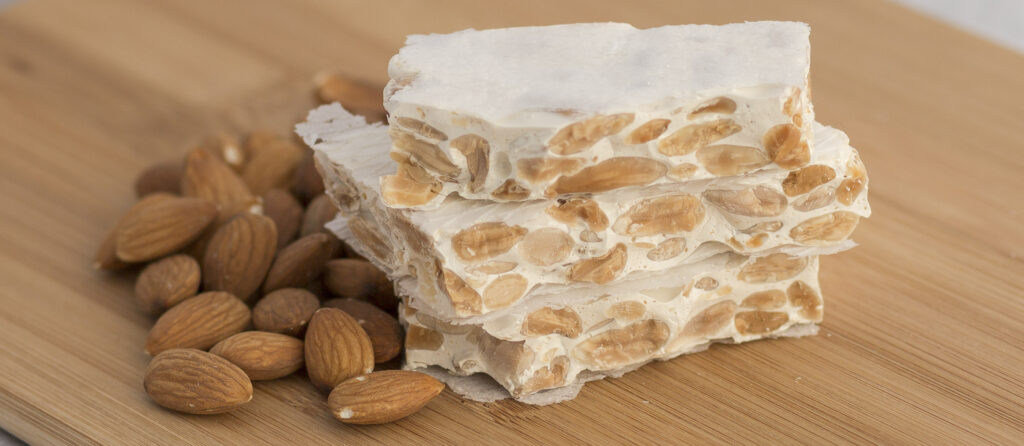What is a Perseid Meteor Shower
The Perseid meteor shower is one of the most spectacular and well-known meteor showers of the year. It occurs annually between mid-July and late August, with its peak typically around August 11-12. The meteors are called “Perseids” because they appear to originate from the constellation Perseus.
The Perseids are actually debris from the comet Swift-Tuttle, which orbits the sun every 133 years. As Earth passes through the trail of debris left by the comet, these particles enter our atmosphere at high speeds and burn up, creating bright streaks of light in the sky.
During the peak, you can expect to see up to 100 meteors per hour under ideal conditions. The best way to view the Perseids is to find a dark spot away from city lights, lie back, and look up at the sky after midnight. You may have the perfect spot from your Nerja accommodation.
Although the Perseids occur annually, there’s already anticipation for a potential Perseid meteor storm in 2028, so be sure to mark your calendars!
The Perseids result from Earth passing through debris — bits of ice and rock — left behind by Comet Swift-Tuttle, which last passed close to Earth in 1992.
The shower peaks around Aug. 11-12, when Earth travels through the densest and dustiest part of this debris. In years without moonlight, the meteor rate appears higher, and during outburst years (such as 2016), the rate can reach 150-200 meteors per hour.
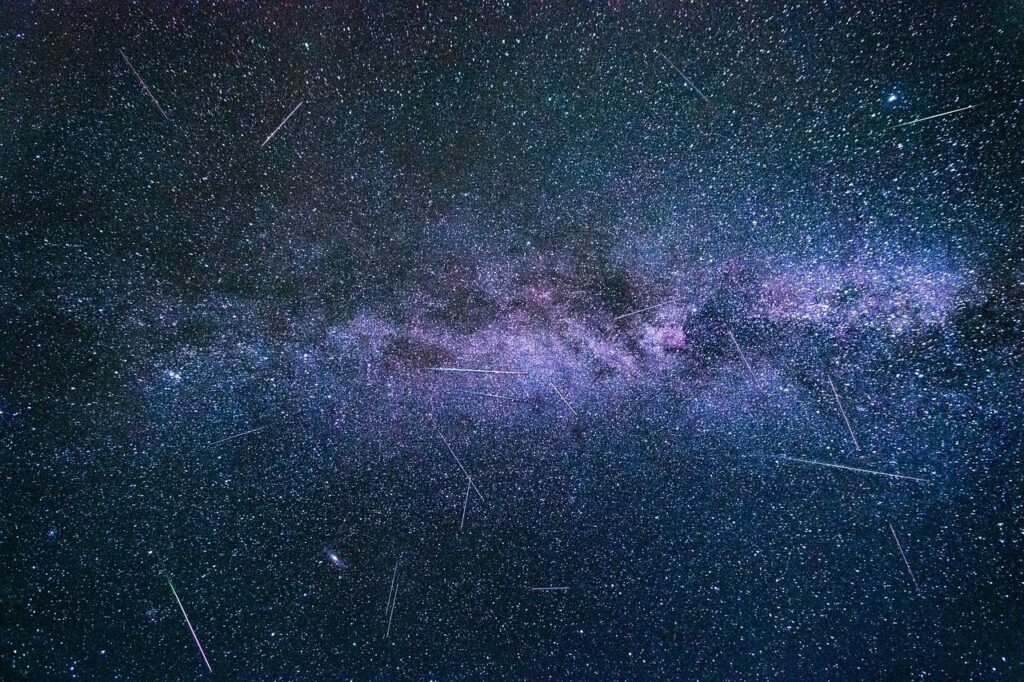
Here are some key meteor showers to look out for in Spain in 2024:
- Perseid Meteor Shower:
- Peak Dates: August 11-13, 2024
- Best Viewing Time: Late evening to dawn
- Details: The Perseids are one of the most popular meteor showers, known for their bright meteors. In 2024, you can expect to see around 100 meteors per hour under ideal conditions1.
- Delta Aquariid Meteor Shower:
- Peak Dates: July 30, 2024
- Best Viewing Time: Late July through early August, mid-evening to dawn
- Details: This shower is best viewed from the Southern Hemisphere but can still be seen from Spain. It tends to produce fainter meteors compared to the Perseids2.
- Lyrid Meteor Shower:
- Peak Dates: April 21-22, 2024
- Best Viewing Time: Late evening to dawn
- Details: The Lyrids are known for their bright meteors and occasional fireballs. The peak is narrow, so it’s best to watch on the night of April 213.
For the best experience, find a dark location away from city lights, and give your eyes about 20 minutes to adjust to the darkness. Happy stargazing! Take the opportunity to see this magnificent display while you are enjoying your holiday in Nerja.

